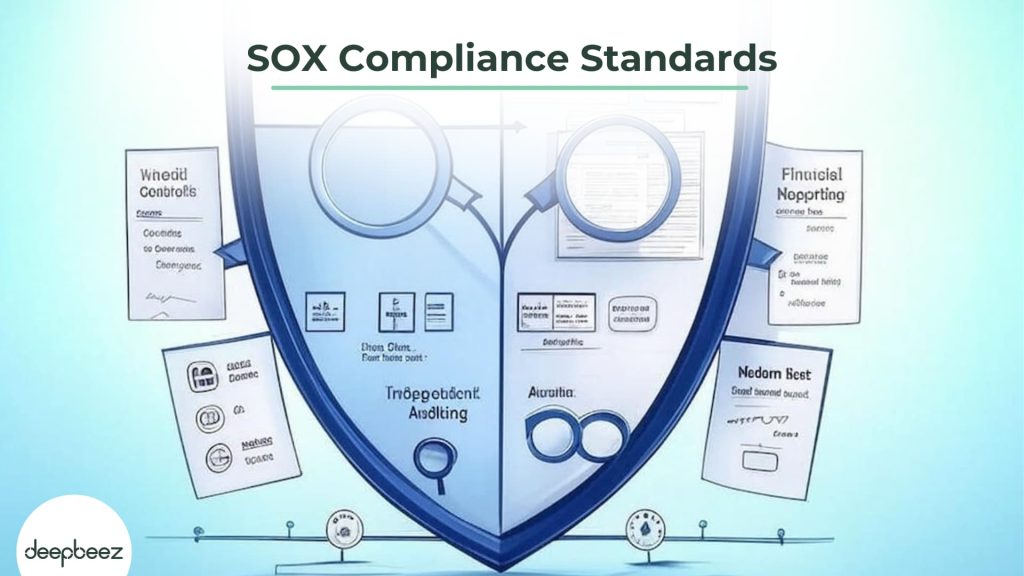Have you ever wondered what prevents companies from hiding financial problems or outright lying to investors? The answer lies in SOX compliance – a powerful framework that keeps corporate America honest. What is Sox compliance standards? SOX compliance means following the rules established by the Sarbanes-Oxley Act. This federal law creates a framework that ensures financial information released by public companies tells the truth about their actual financial position.
If your company is in the field of importing and exporting, then calculating all the taxes and duties correctly becomes one of the most important priorities. Deepbeez customs duties calculator will help you along the way.
